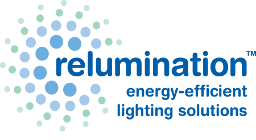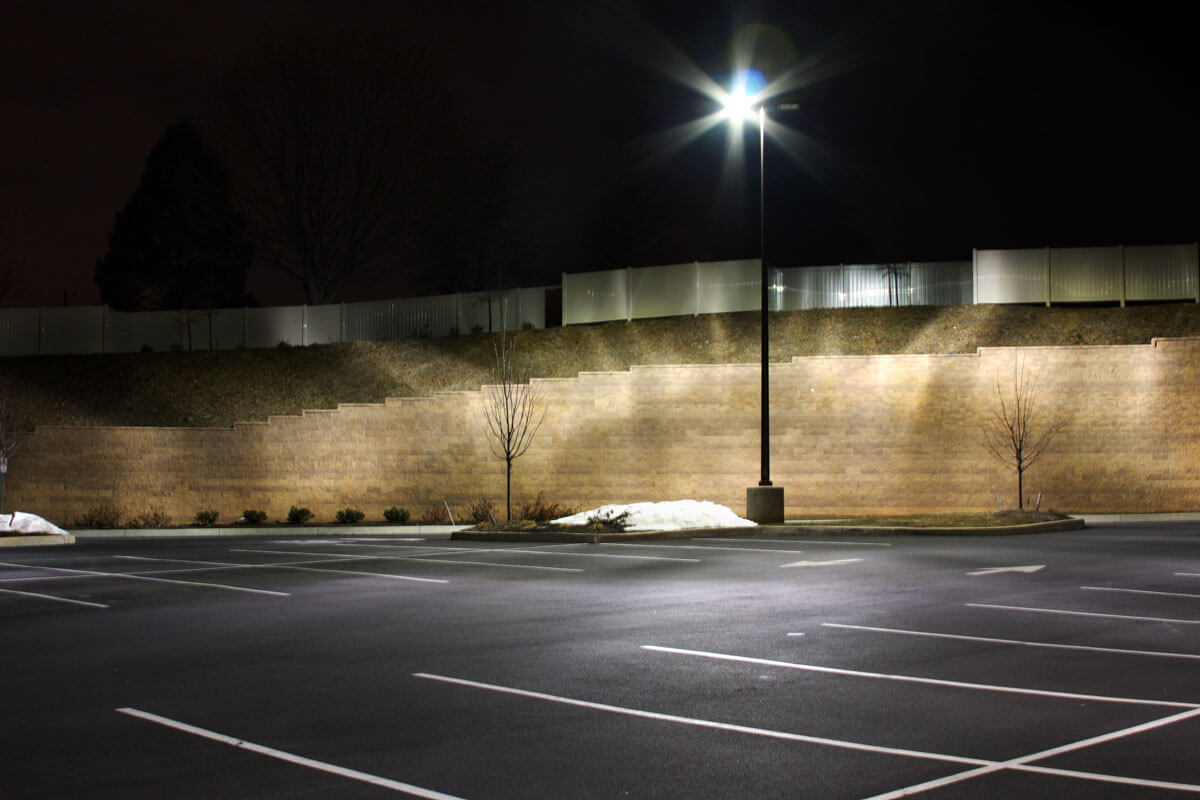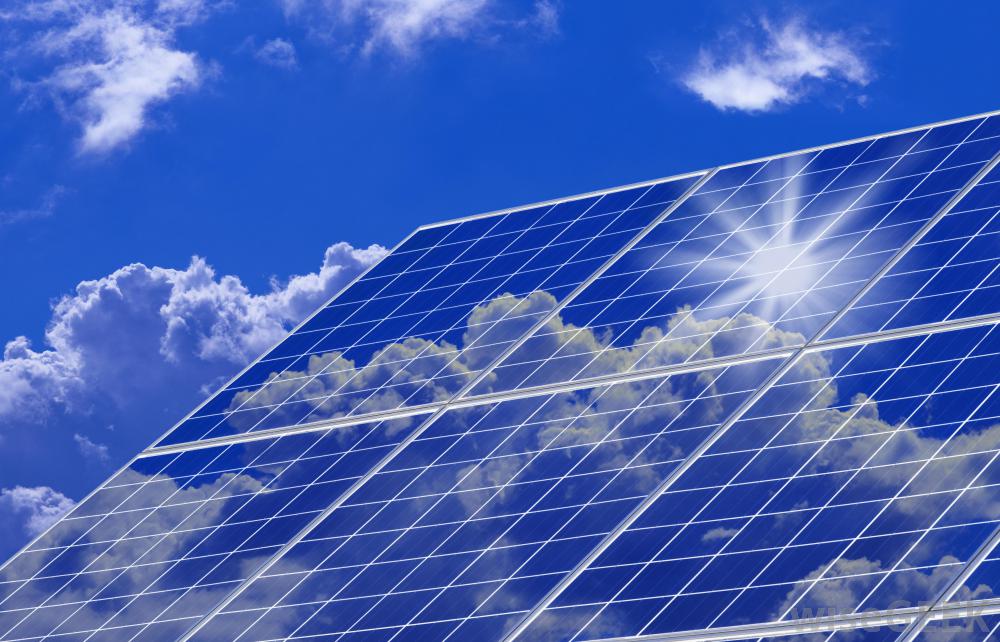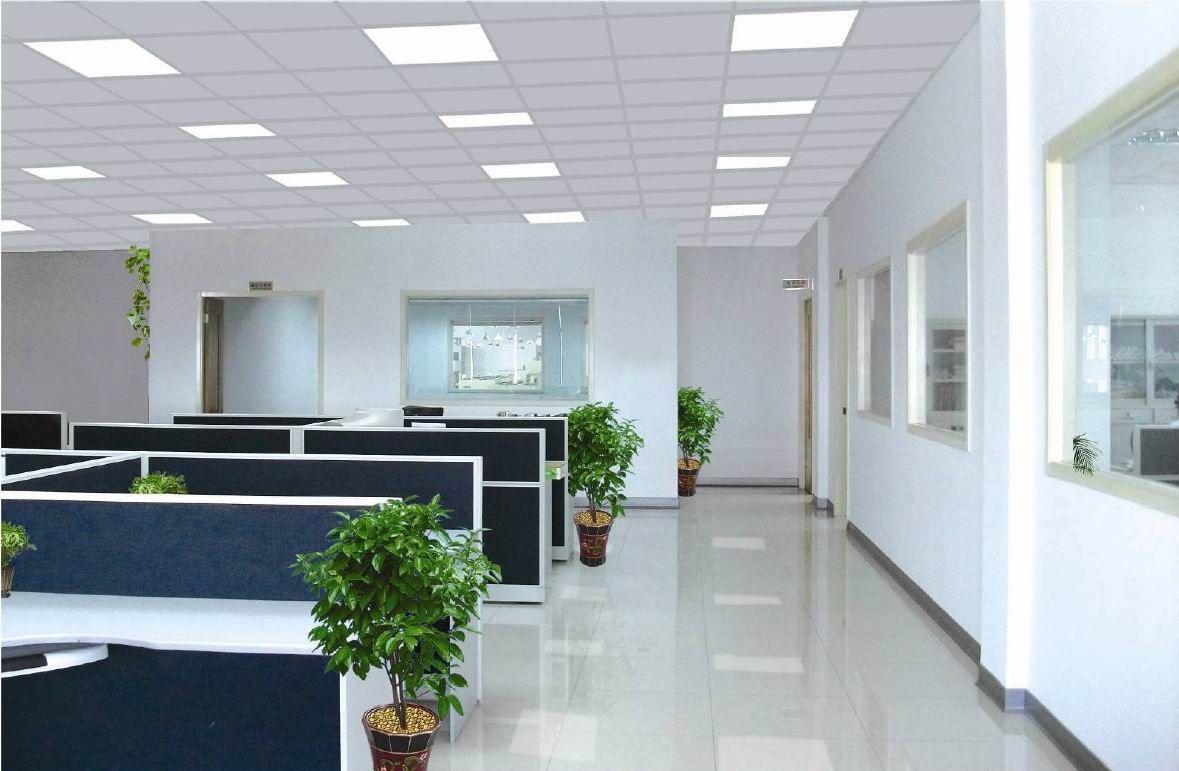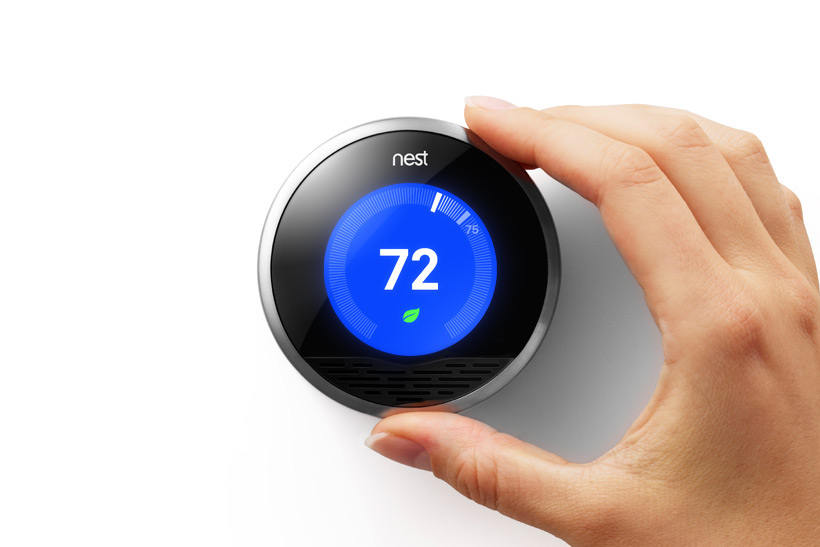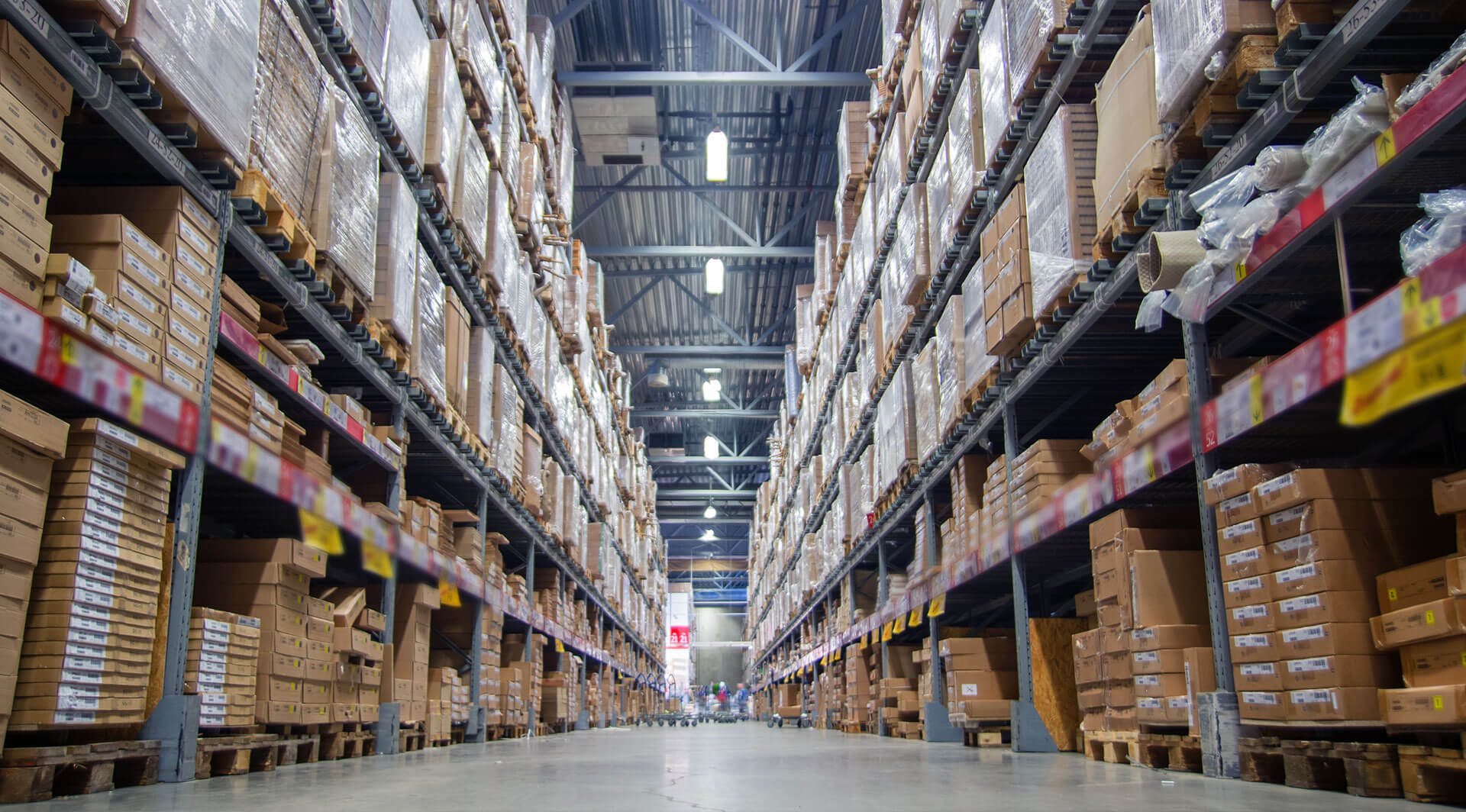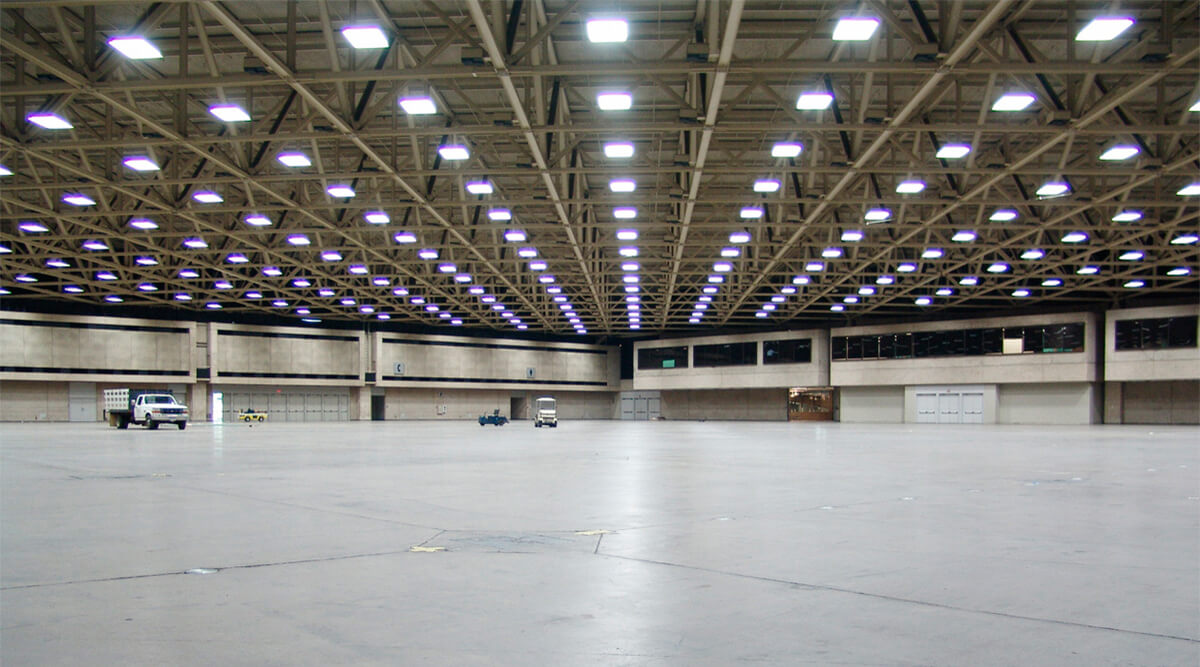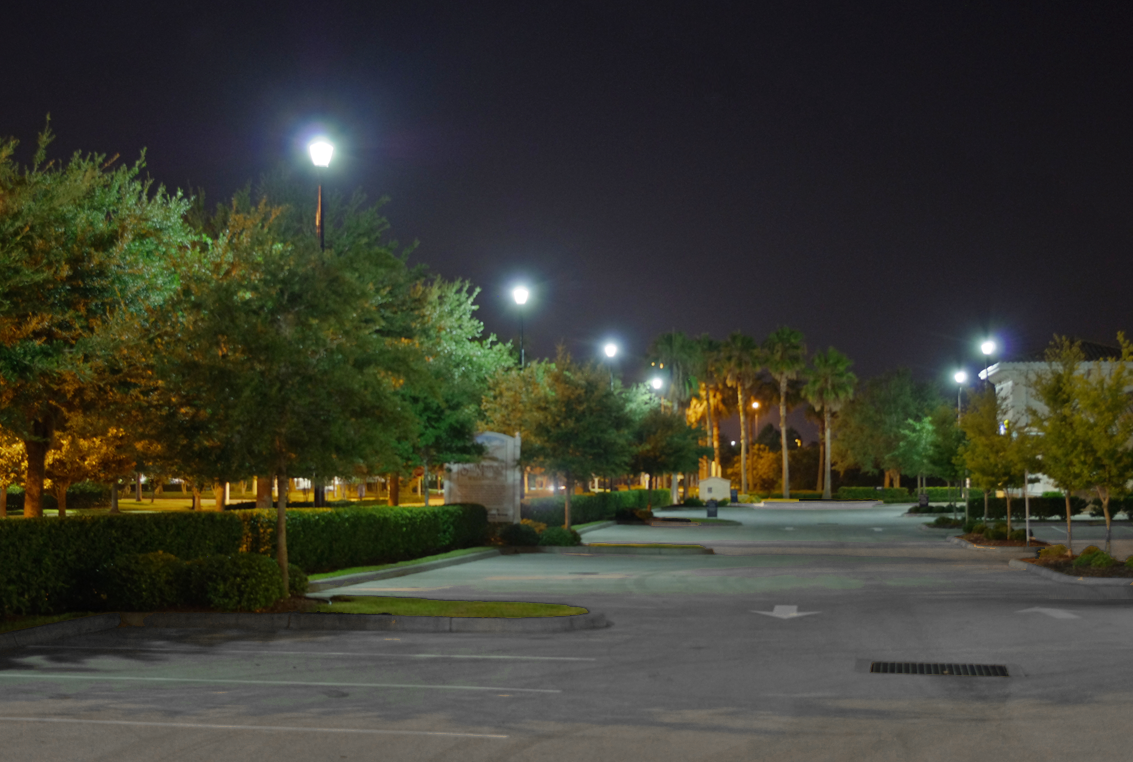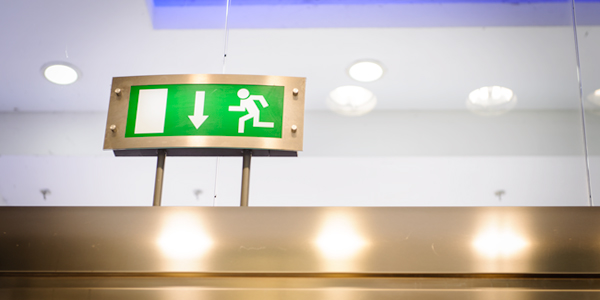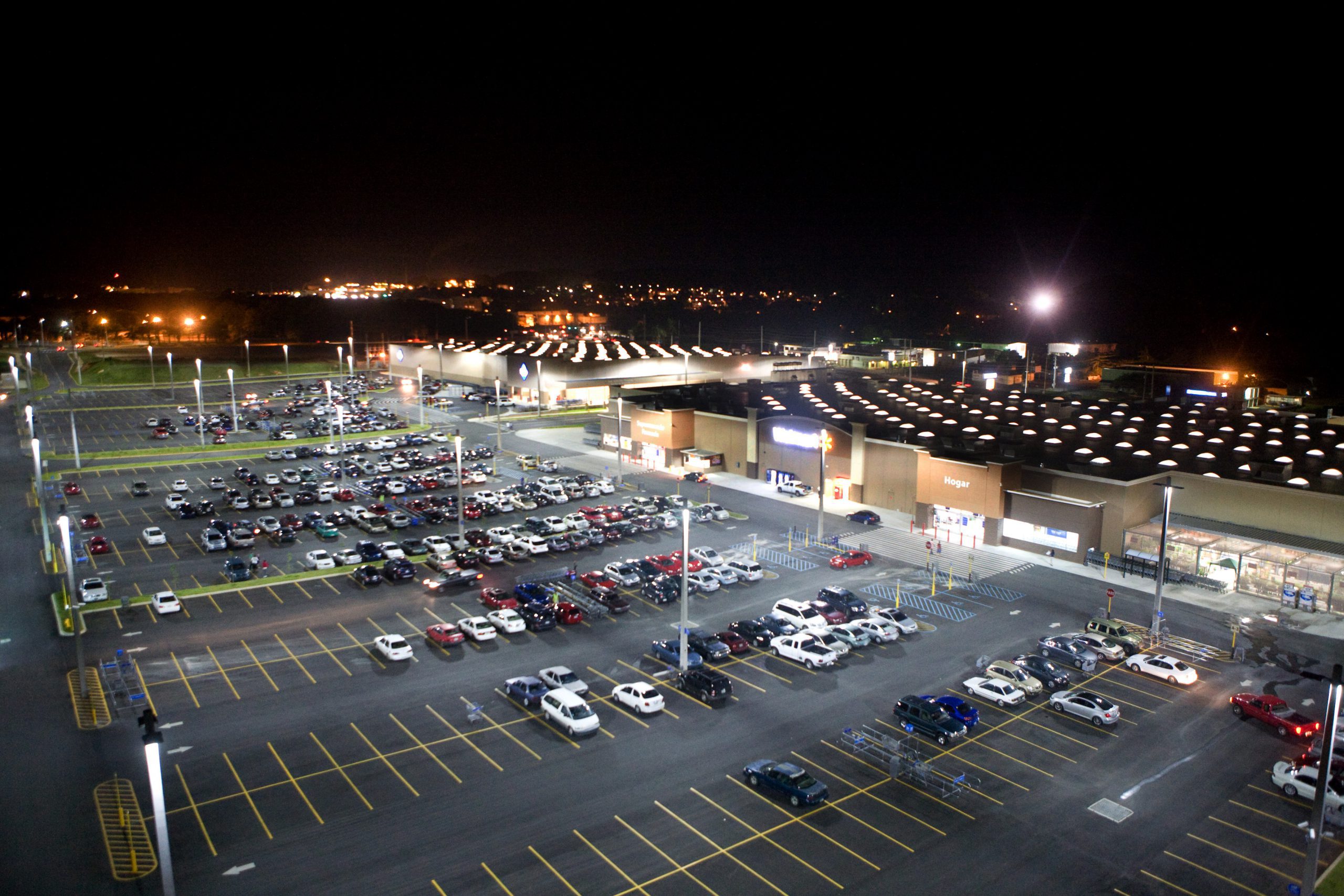You can’t turn on the TV, or read a news blog, without hearing about how the world is going green. Solar power is off like a rocket, wind energy is increasingly popular, and reliable green solutions like anaerobic digesters and ocean thermal energy conversion (OTEC) are becoming more widely used. Fossil fuels aren’t giving up the fight, though. In fact, according to Vox, Net Power is working with a variety of big names in energy to prove that we can burn fossil fuels without releasing any greenhouse gas emissions.
How Does That Work?
When you think of a typical fossil fuel power plant, it’s a pretty basic setup. A fuel like coal or natural gas is burned to heat water, the water turns into steam, and the steam turns the turbines. The steam is then cooled somewhere else, and that’s when the greenhouse gases like CO2 are expelled into the atmosphere. In order to make that kind of design safe, a company would have to build a secondary plant whose sole purpose is capturing the steam, and filtering out all of the unwanted materials so they aren’t released into the atmosphere. That represents a huge drain on power, efficiency, and costs.
But what if you could build a greener plant, without the need for a secondary processing plant to catch and trap the emissions? That’s what Net Power is currently doing in North Carolina. It just broke ground on a 50 megawatt power plant that will act as a proof-of-concept to show that it’s possible to generate electricity on a large-scale by using natural gas, but without the associated greenhouse gas emissions.
The reason Net Power’s plant should be able to accomplish this feat, while also maintaining as much as 59 percent efficiency, is its unique design. It uses pure oxygen instead of air, a liquid turbine instead of a steam one, and it keeps the CO2 in liquid form, where it can be easily contained. Additionally, these plants use smaller components, and take up a lot less space.
But They’re Still Burning Fossil Fuels
The important point not to lose sight of is that Net Power’s plants still use fossil fuels. Yes, they’re more efficient, and they’re trapping their emissions so they won’t harm the atmosphere, but unless we suddenly find something we can do with all that liquid CO2, then they’re just delaying the inevitable need for green power.
Which is why the technology should be looked at as a transitional one.
If inefficient power plants belching emissions into the atmosphere could be streamlined, and remade into more environmentally friendly power plants, then it would be a step in the right direction. Not only that, but they would buy time for green resources to step up and take the burden from fossil fuels. Rather than going cold turkey from natural gas and coal, the world would be using a kind of fossil fuel patch to step down its needs. Something that these more advanced designs could provide, if we use them as stepping-stones between where we are, and where we need to be.
